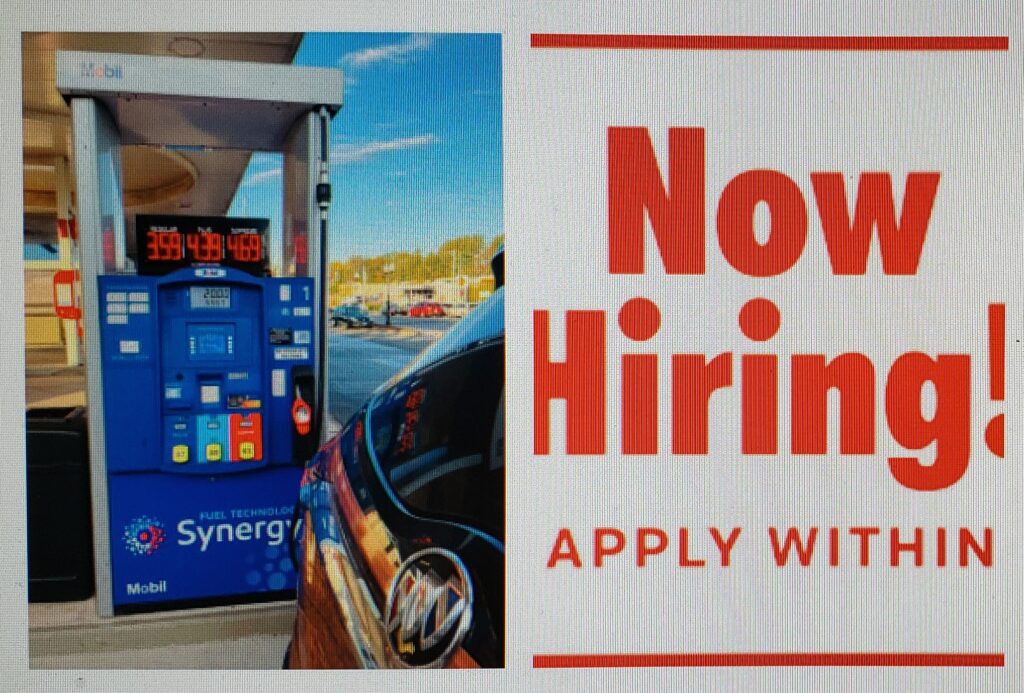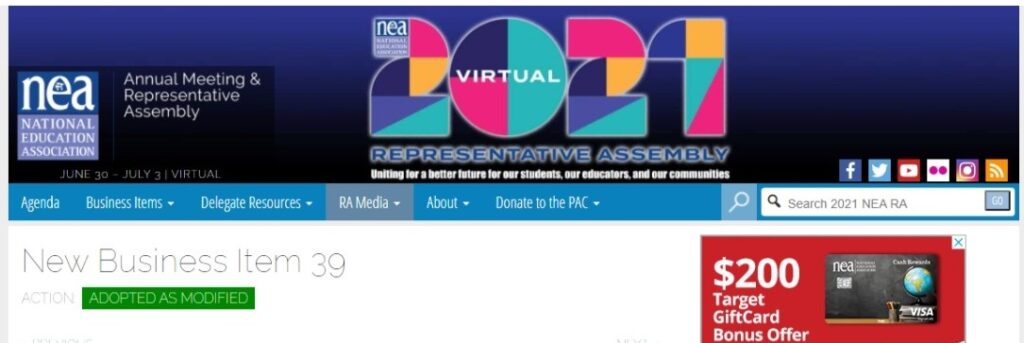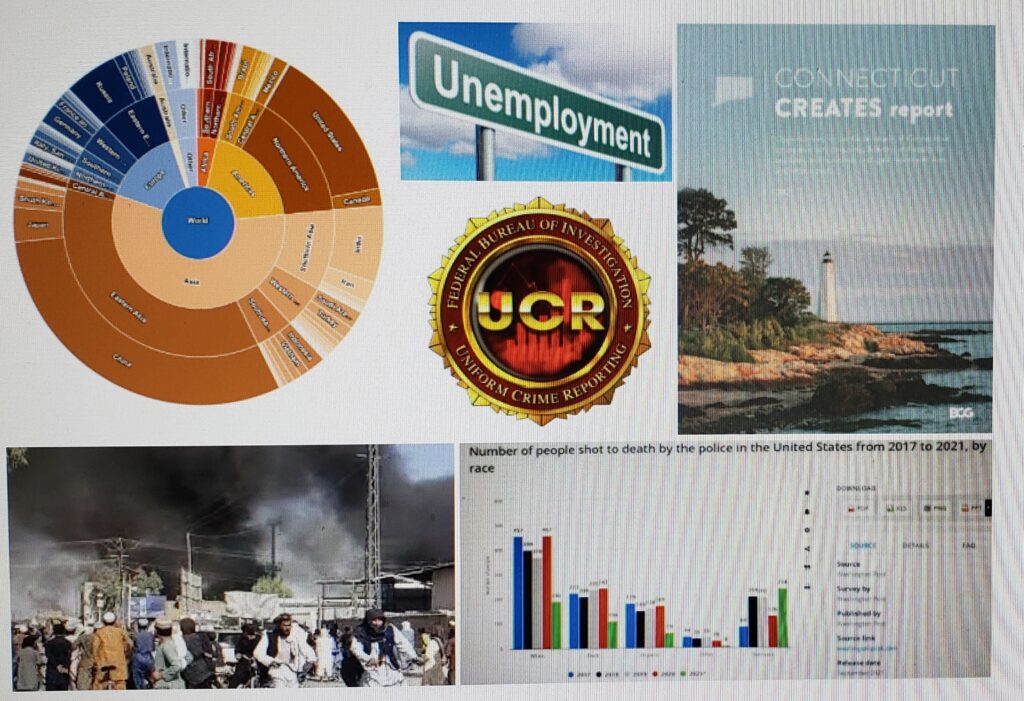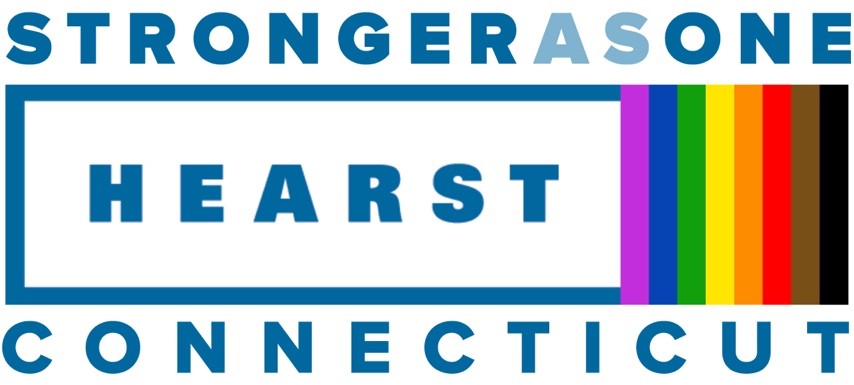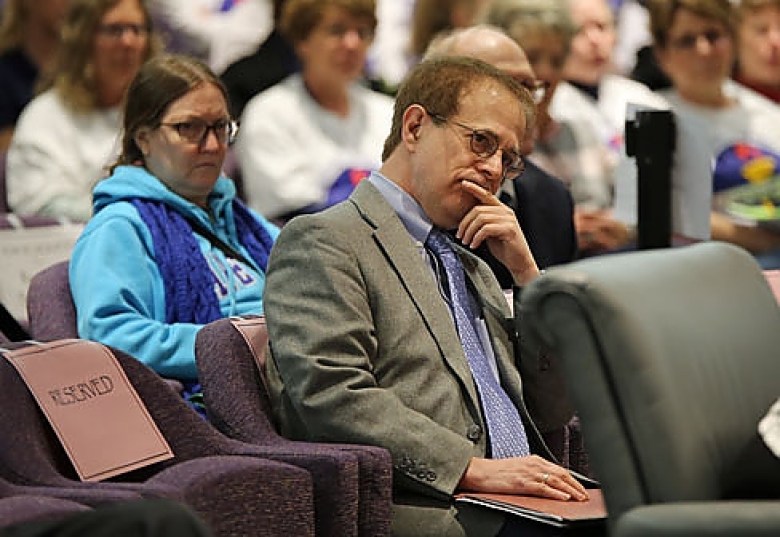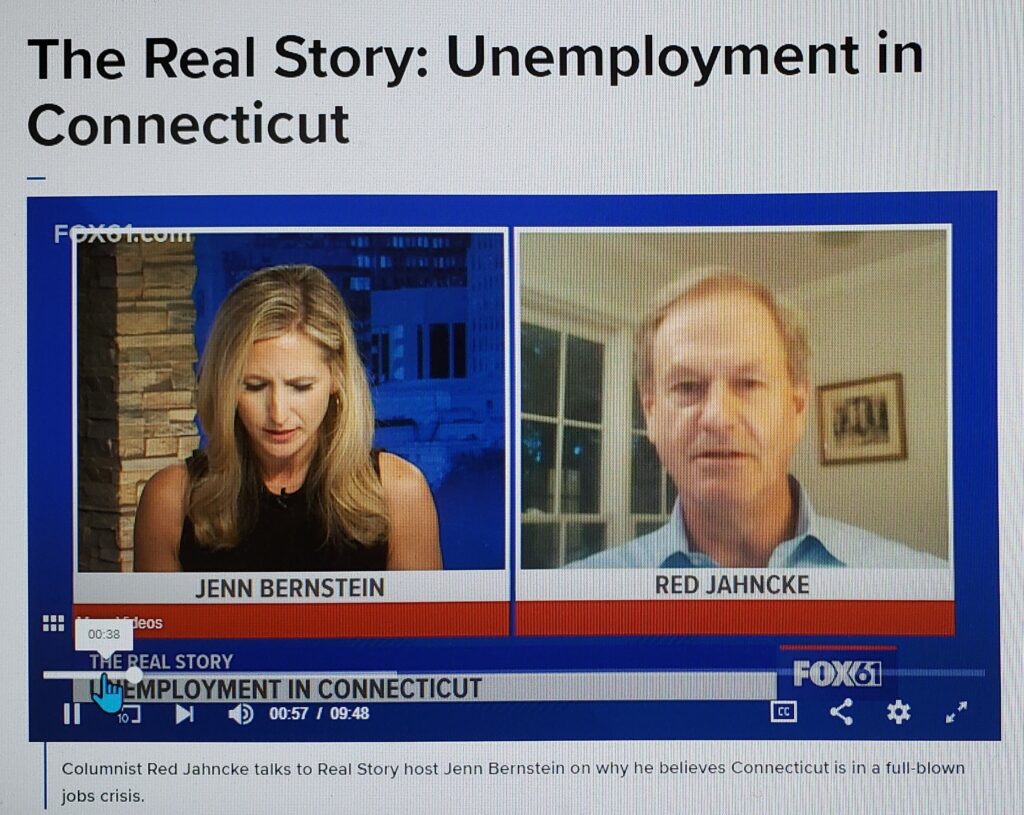Connecticut Governor Ned Lamont went to Washington last week. He visited the White House, with whose occupant he shares much in common, especially on the “lunch pail” issues of gas prices and jobs.

Biden’s policies have already pushed gas prices to record seven-year highs. Lamont’s gas price hikes are only an ambition right now. The Connecticut General Assembly has not yet approved Lamont’s proposed new gas tax, aka the multi-state Transportation Climate Initiative (TCI) – emphasis on “yet.”

“Yet” is the point. Voters in next week’s local elections should keep in mind that General Assembly Democrats are watching. If local Democrats do well, Democrats in Hartford may gain the confidence to pass TCI.

For his part, Biden is taking rightful heat for high gas prices, since his anti-carbon policies are largely to blame. The day he took office, Biden cancelled the Keystone pipeline and froze oil and gas exploration leasing on federal lands.

Since July, oil has jumped from about $60 a barrel to about $85 and gas prices have skyrocketed. Is Biden concerned? Just the opposite. He has been worried that his multi-trillion dollar Build Back Better bill with its anti-carbon provisions may not come together before the Glasgow climate summit.

